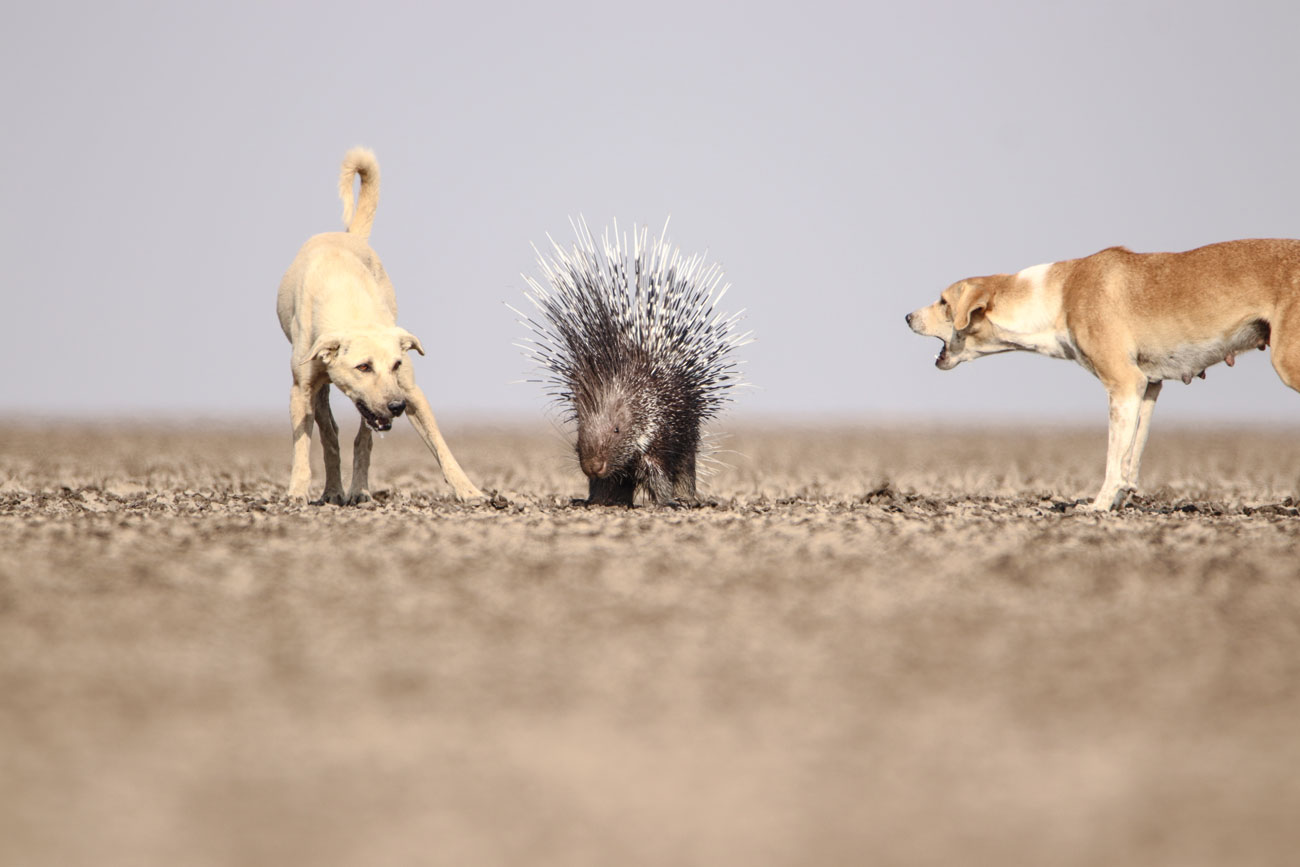The Most Dangerous Animal In The World
First published in Sanctuary Asia,
Vol. 43
No. 6,
June 2023
By Bittu Sahgal
“People speak sometimes about the ‘bestial’ cruelty of man, but that is terribly unjust and offensive to beasts, no animal could ever be so cruel as a man, so artfully, so artistically cruel.” – Fyodor Dostoyevsky
I have heard one too many people complain that this locality or that has ‘a dog problem’. I do not believe we have a dog problem at all! I do, however, believe from my core that we have a serious human problem. A very serious one.
No, I’m not beating that dead horse, overpopulation! That legitimate concern has, thanks to our abysmal resource mismanagement, institutionalised inequities, appalling apathy and epic procrastination, and turned into a problem that would need another tome, not just this tiny end page. The ancient wolves, that have turned into the feral dogs we love to hate, have been bred and nurtured by our own bad behaviour, carelessness, callousness, wastefulness, apathy and ignorance. And did I mention dirty habits?
Think. From the frozen wastes of the Trans-Himalaya (Zanskar, Karakoram and Ladakh) to the Nicobar Islands, and from wilds of Arunachal Pradesh to arid Kutchh (where the drama on this page unfolds), humans living in mega cities, not-so-mega cities, towns, villages, and even informal settlements, have assiduously built mountains of edible waste held together by a filigree of stinking, multicolour plastics. These (to us) repulsive buffets are a rich repast for abandoned dogs, in India. In areas, when municipalities and citizens do actually follow protocols, the Animal Birth Control programmes have had a measure of success. But in remote, inaccessible areas near wildernesses, where field canteens belonging to temporary residents, including those working in sectors such as defence and infrastructure, and even many Protected Areas far from municipal assistance, these solutions cannot work. Here, unsupervised staff dump garbage anywhere out of sight. Pups are then fed by their mother on edible discards, and this leads to canine populations ‘multiplying like rabbits’. And, as campsites and temporary shelters vanish, the cute pups, grow up and must search for wilder food sources. And their wolf habits emerge.

This Indian crested porcupine in the Little Rann of Kutchh, probably survived, while the dogs ended up with a face full of quills. Photo: Badal Parmar.
Packs of dogs currently prey on wild creatures, as endangered and far removed from each other as Black-necked Cranes Grus nigricollis, Nicobar Megapodes Megapodius nicobariensis, leatherback turtle hatchlings Dermochelys coriacea, Bengal Floricans Houbaropsis bengalensis, Indian wild asses Equus hemionus khur, and Phayre’s leaf monkeys Trachypithecus phayrei. Most vulnerable are the wild young ones. And with species literally fighting against extinction, these human-made dog packs turn into killing machines until the last endangered representative of the species vanishes.
In the long run, the solution lies in the changed behaviour of the most dangerous animal in the world – Homo sapiens.
In the short run... with little help from under-funded animal welfare groups, social activists, or the Ministry of Environment, Forest and Climate Change, why should we be surprised when scientists and wildlife conservation bodies mandated to protect species at the very edge of extinction demand that harsh retribution be rained down on the 50-million-plus feral predators that exist on the Indian subcontinent?


